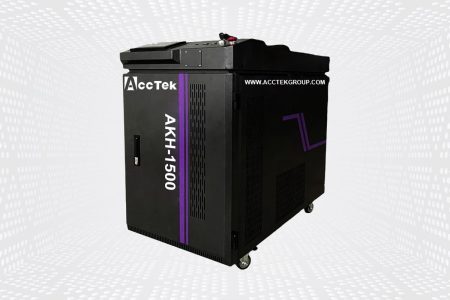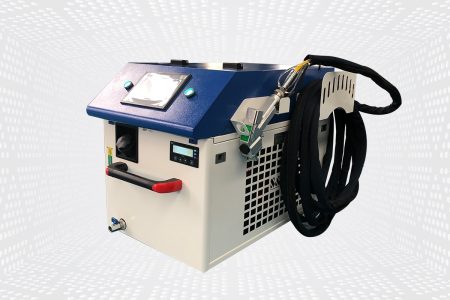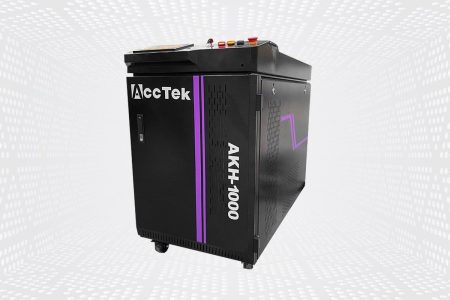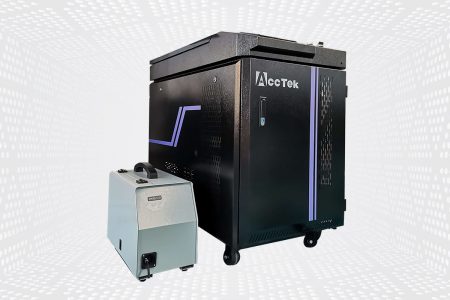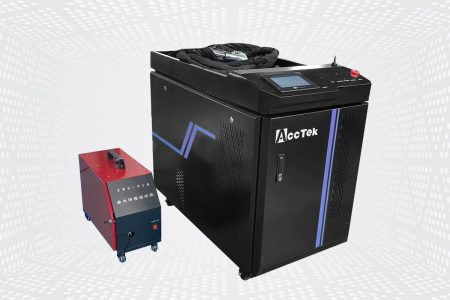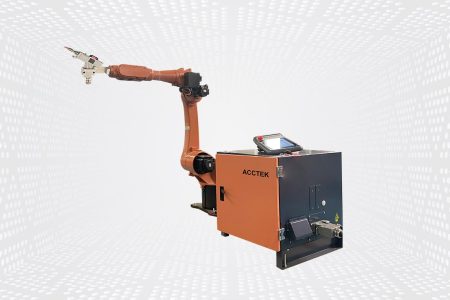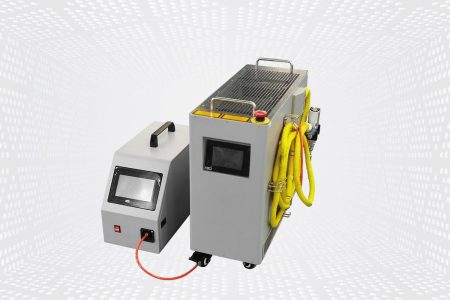Carbon Steel Laser Welding Machine
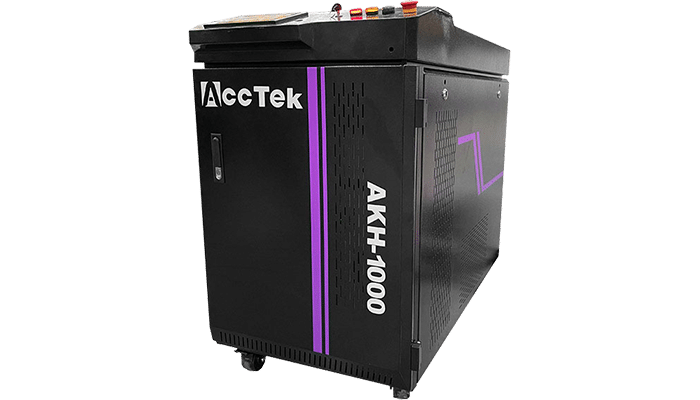

Photoelectric Technology
AccTek Laser focus on designing and manufacturing photoelectric-related system. We provide accurate and exquisite processing quality with leading R&D capability.

Integration Ability & Experienced
With an experienced, completed, and elite R&D team, customized such as automated, integrated with the robot, system integration, etc. are all available.

Professional Service
AccTek Laser's laser welding machine is a professional laser welding machine designed and manufactured in China. Our elite engineering team provides related service support.
Equipment Features
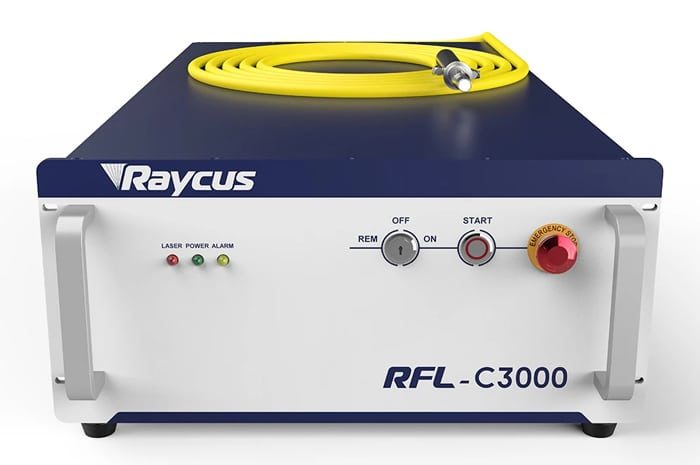
Powerful Laser Generator
Our laser welding machines are equipped with high-quality laser generators that ensure excellent beam quality, providing small and focused spot sizes for precise and efficient welding. With power output options from 1000w to 3000w, our laser welding machines can meet a variety of welding needs, ensuring optimum productivity without compromising quality.
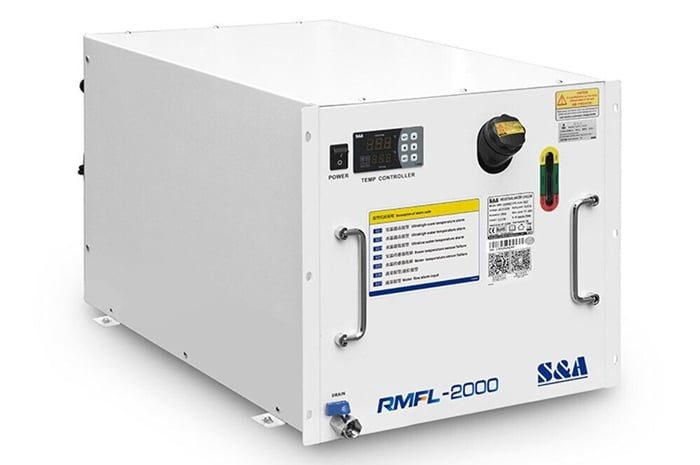
Advanced Cooling System
Designed with reliability in mind, our laser welding machines feature an efficient water cooling system to ensure consistent performance and extend the life of the laser generator. With advanced water cooling technology, we can guarantee stable and reliable welding results even during long-term operation.
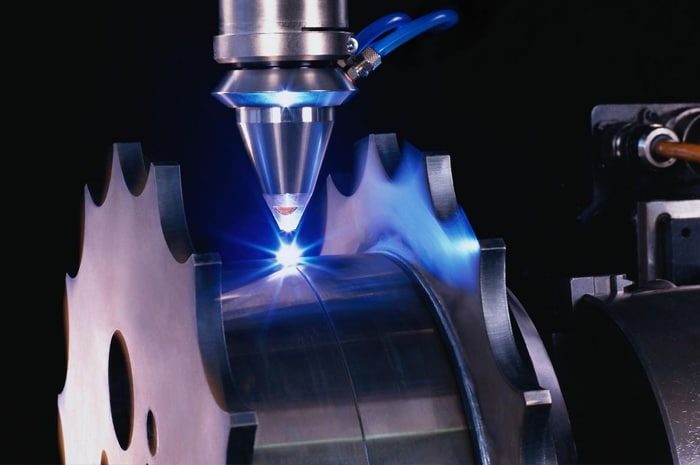
Excellent Beam Quality
Our laser welding machines have excellent beam quality, producing a focused and precise laser spot. This feature enables high-precision and efficient welding of different materials and thicknesses, reducing spatter and minimizing the heat-affected zone.
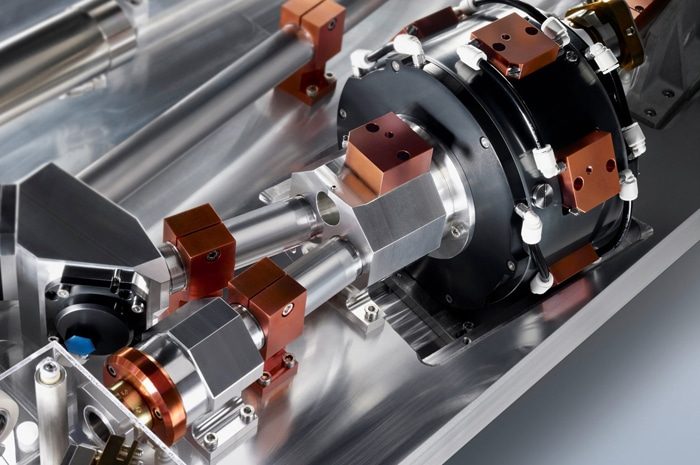
Precision Beam Delivery System
The beam delivery system of our laser welding machines utilizes flexible and flexible fiber optic cables, which can be easily integrated into automated production lines or robotic systems, enabling you to flexibly and easily adapt to different welding tasks. This flexibility increases workflow efficiency and seamlessly adapts to various manufacturing settings.
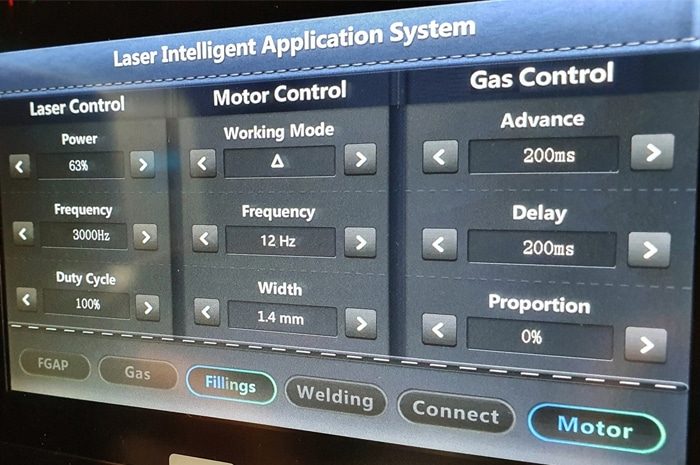
Intuitive Control Interface
Our laser welding machines feature a user-friendly control interface that gives you complete control over your welding process. Easily adjust and program welding parameters such as power, pulse duration, welding speed, and focus position to obtain the best results for your specific welding requirements.
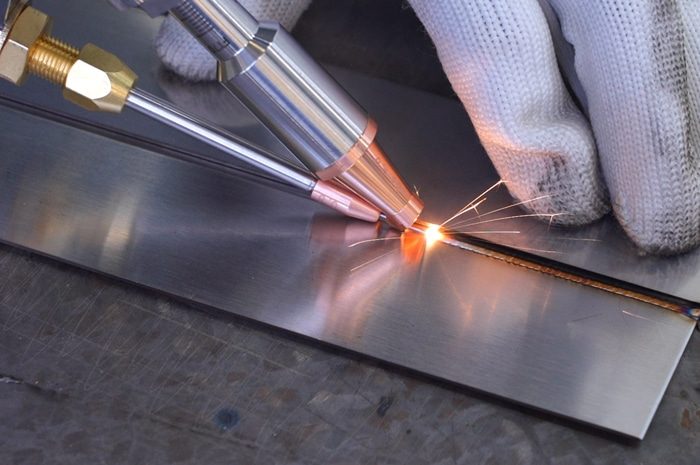
Comprehensive Security Features
Our laser welding machines are equipped with comprehensive safety features including enclosures, interlock systems, and safety sensors. These measures protect your operators from potential exposure to the laser beam, creating a safe work environment.
Technical Specifications
| Model | AKH-1000 | AKH-1500 | AKH-2000 | AKH-3000 |
|---|---|---|---|---|
| Laser Power | 1000W | 1500W | 2000W | 3000W |
| Laser Type | Fiber laser | |||
| Range of Adjustable Power | 1-100% | |||
| Laser Wavelength | 1064nm | |||
| Way of Workinging | Continuous/Modulation | |||
| Speed Range | 0-120mm/s | |||
| Repeat Precision | ±0.01mm | |||
| Welding Gap Requirements | ≤0.5mm | |||
| Cooling Water | Industrial thermostatic water tank | |||
Laser Welding Capacity
| Laser Power (W) | Welding Form | Thickness (mm) | Welding Speed (mm/s) | Defocus Amount | Protective Gas | Blowing Method | Flow (L/min) | Welding Effect |
|---|---|---|---|---|---|---|---|---|
| 1000 | Butt Welding | 0.5 | 70~80 | -1~1 | Ar | Coaxial/Paraaxial | 5~10 | Welded Completely |
| Butt Welding | 1 | 50~60 | -1~1 | Ar | Coaxial/Paraaxial | 5~10 | Welded Completely | |
| Butt Welding | 1.5 | 30~40 | -1~1 | Ar | Coaxial/Paraaxial | 5~10 | Welded Completely | |
| Butt Welding | 2 | 20~30 | -1~1 | Ar | Coaxial/Paraaxial | 5~10 | Welded Completely | |
| 1500 | Butt Welding | 0.5 | 80~90 | -1~1 | Ar | Coaxial/Paraaxial | 5~10 | Welded Completely |
| Butt Welding | 1 | 70~80 | -1~1 | Ar | Coaxial/Paraaxial | 5~10 | Welded Completely | |
| Butt Welding | 1.5 | 50~60 | -1~1 | Ar | Coaxial/Paraaxial | 5~10 | Welded Completely | |
| Butt Welding | 2 | 30~40 | -1~1 | Ar | Coaxial/Paraaxial | 5~10 | Welded Completely | |
| Butt Welding | 3 | 20~30 | -1~1 | Ar | Coaxial/Paraaxial | 5~10 | Welded Completely | |
| Butt Welding | 4 | 15~20 | -1~1 | Ar | Coaxial/Paraaxial | 5~10 | Welded Completely | |
| 2000 | Butt Welding | 0.5 | 90~100 | -1~1 | Ar | Coaxial/Paraaxial | 5~10 | Welded Completely |
| Butt Welding | 1 | 80~90 | -1~1 | Ar | Coaxial/Paraaxial | 5~10 | Welded Completely | |
| Butt Welding | 1.5 | 60~70 | -1~1 | Ar | Coaxial/Paraaxial | 5~10 | Welded Completely | |
| Butt Welding | 2 | 40~50 | -1~1 | Ar | Coaxial/Paraaxial | 5~10 | Welded Completely | |
| Butt Welding | 3 | 30~40 | -1~1 | Ar | Coaxial/Paraaxial | 5~10 | Welded Completely | |
| Butt Welding | 4 | 20~30 | -1~1 | Ar | Coaxial/Paraaxial | 5~10 | Welded Completely | |
| 3000 | Butt Welding | 0.5 | 100~110 | -1~1 | Ar | Coaxial/Paraaxial | 5~10 | Welded Completely |
| Butt Welding | 1 | 90~100 | -1~1 | Ar | Coaxial/Paraaxial | 5~10 | Welded Completely | |
| Butt Welding | 1.5 | 70~80 | -1~1 | Ar | Coaxial/Paraaxial | 5~10 | Welded Completely | |
| Butt Welding | 2 | 60~70 | -1~1 | Ar | Coaxial/Paraaxial | 5~10 | Welded Completely | |
| Butt Welding | 3 | 50~60 | -1~1 | Ar | Coaxial/Paraaxial | 5~10 | Welded Completely | |
| Butt Welding | 4 | 40~50 | -1~1 | Ar | Coaxial/Paraaxial | 5~10 | Welded Completely | |
| Butt Welding | 5 | 30~40 | -1~1 | Ar | Coaxial/Paraaxial | 5~10 | Welded Completely | |
| Butt Welding | 6 | 20~30 | -1~1 | Ar | Coaxial/Paraaxial | 5~10 | Welded Completely |
- In the welding data, the core diameter of the 1000w, 1500w, 2000w, and 3000w laser output fiber is 50 microns.
- This welding data adopts the Raytools welding head, and the optical ratio is 100/200 (collimator/focus lens focal length).
- The welding shielding gas: Argon (purity 99.99%).
- The welding material is Q235B carbon steel.
- Due to the differences in equipment configuration and welding process used by different customers, this data is for reference only.
Comparison of Different Welding Methods
| Aspect | Laser Welding | TIG Welding | MIG Welding |
|---|---|---|---|
| Welding Speed | Very fast welding speed | Slower than laser welding but precise and clean | Faster than TIG welding, suitable for rapid production |
| Heat Input | Low heat input | Low to medium heat input | Medium to high heat input |
| Weld Quality | Excellent weld quality with minimal distortion and defects | Excellent weld quality with low heat input, leading to less distortion | Good weld quality, may require post-weld cleanup |
| Skill Required | Requires skilled operators with expertise in laser welding | Requires skilled operators with good hand-eye coordination | Easier to learn, suitable for beginners |
| Filler Material | May or may not require filler material depending on the application | Requires filler material | Requires filler wire for welding |
| Welding Atmosphere | Can be done in vacuum or inert gas environment | Requires a shielding gas, usually argon, to protect the weld zone | Requires a shielding gas, usually argon, to protect the weld zone |
| Applications | Ideal for precision welding, micro-welding, and heat-sensitive materials | Used in a variety of applications including automotive, aerospace, and pipe welding | Versatile, used in various metal fabrication applications |
| Welding Position | Suitable for all positions | Suitable for all positions | Suitable for all positions |
| Efficiency | High welding efficiency | Medium welding efficiency | High welding efficiency |
| Cost | Generally more expensive | Moderate cost | Economical |
| Automation | Easily automated for mass production | Semi-automated and manual welding tasks | Easily automated for high-volume production |
| Welding Distortion | Minimal distortion | Minimal distortion | Moderate distortion |
| Joint Preparation | Requires precise joint preparation | Requires precise joint preparation | Can tolerate some variations in joint preparation |
| Environment and Safety | Requires precautions for laser beam exposure | Requires precautions for arc welding and UV radiation | Requires precautions for welding fumes and gas exposure |
Product Features
- The machine is equipped with a high-power fiber laser generator, which has the characteristics of high energy efficiency, excellent beam quality, and precise control of laser beam parameters. Fiber laser generators are capable of delivering high-powered, focused laser energy, making them ideal for welding stainless steel.
- The machine provides excellent beam quality, ensuring that the laser beam is focused and stable, resulting in precise, high-quality welding results.
- The machine can precisely control the laser power and pulse duration, so as to make the best adjustment according to the specific welding requirements of stainless steel materials. This precise control ensures consistent and high-quality welds.
- The intuitive and user-friendly interface makes it easier for the operator to set welding parameters, monitor the welding process and adjust settings as needed.
- The machine has an efficient cooling system, which can maintain the best working temperature of the laser generator and prevent overheating during long-term use.
- The machine provides a variety of laser power options to meet different stainless steel thicknesses and welding requirements.
- The machine selects a high-quality beam transmission system, which can effectively transmit the laser beam from the laser generator to the welding area, ensuring the stability, accuracy, and consistency of the laser beam during the welding process.
- The machine is easy to maintain and maintain, with features such as easy access to key components, diagnostic tools, and remote monitoring functions to ensure smooth operation and minimize downtime.
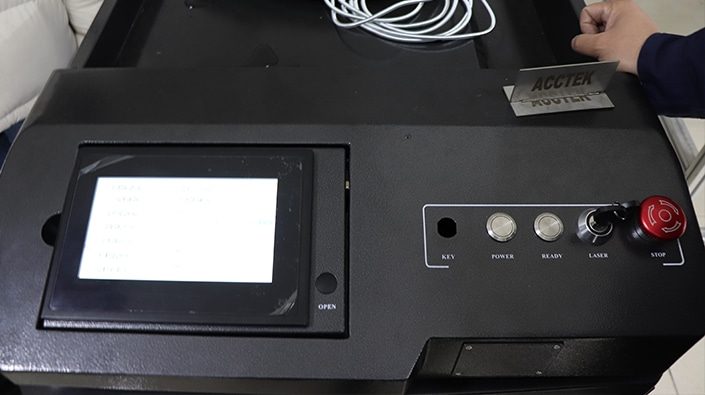
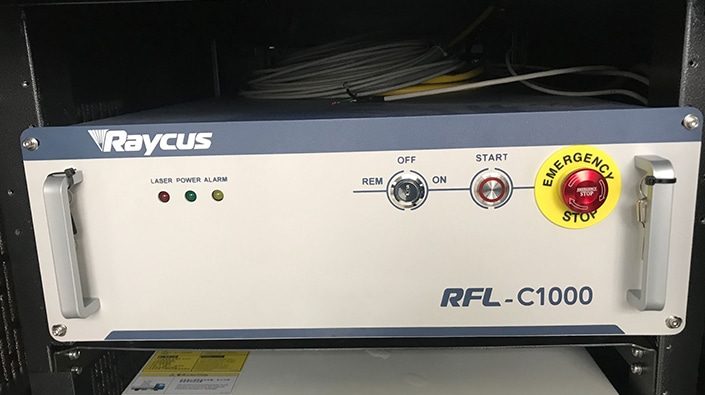
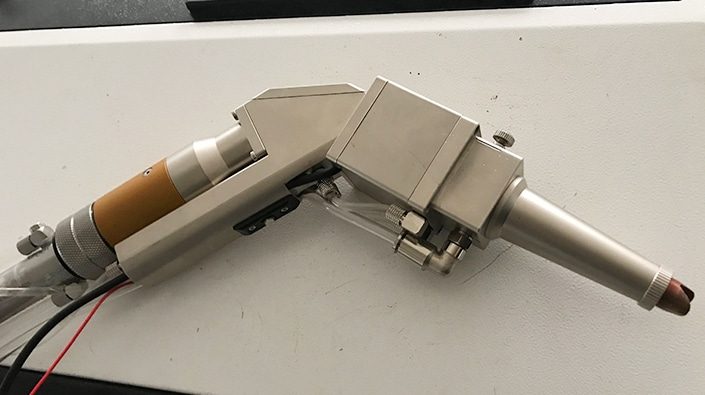
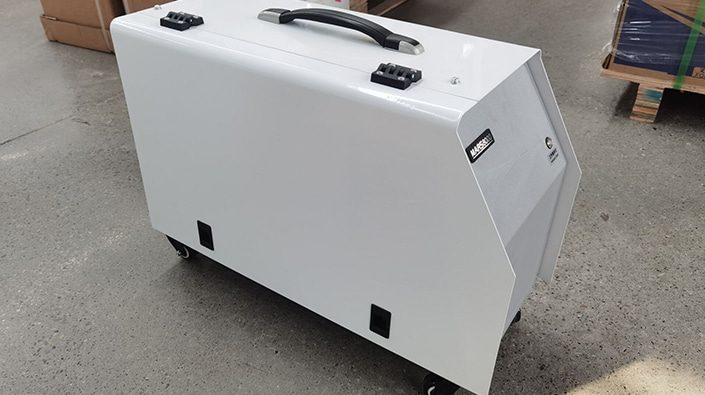
Product Application
Equipment Selection
High-Configuration Fiber Laser Welding Machine
Portable Fiber Laser Welding Machine
Fiber Laser Welding Machine With Double Wobble
Fiber Laser Welding Machine With Automatic Wire Feeder
3 In 1 Fiber Laser Welding Cutting Cleaning Machine
Laser Welding Robot
Portable Air-Cooled Laser Welding Machine
Why Choose AccTek?
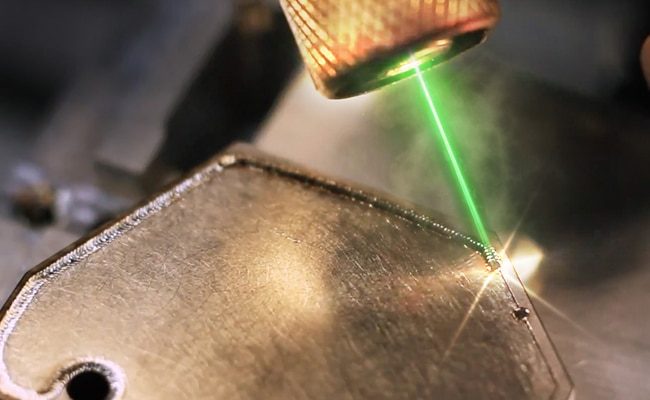
Unparalleled Expertise
Comprehensive Support And Service
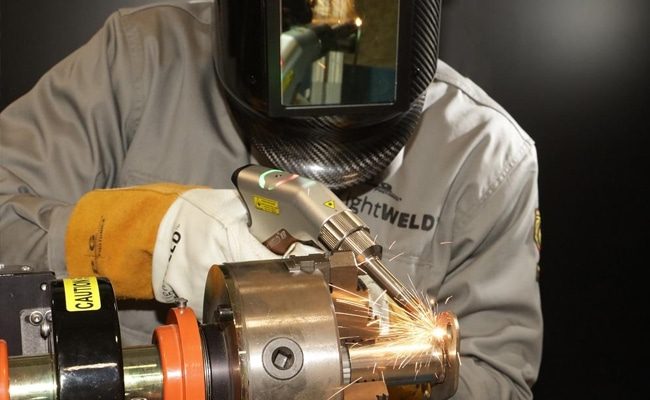
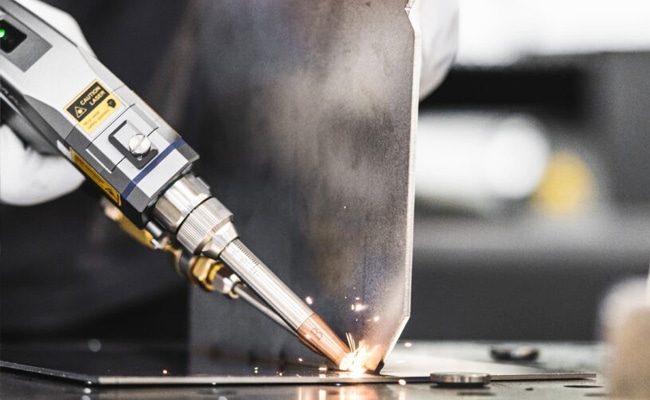
Strict Quality Control
Cost-Effective Solution
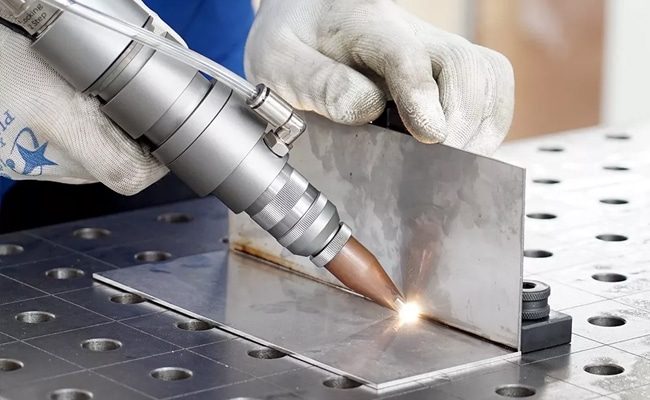
Frequently Asked Questions
- Initial Cost: Laser welding machines can be expensive to purchase and maintain, especially high-powered models with advanced features. For some businesses, the initial investment can be an important factor.
- Skilled Technician Requirements: Laser welding requires experienced and trained operators who understand the intricacies of laser technology and welding technology. Training and professionalism only help to ensure the best welding quality and productivity.
- Material Absorption: Carbon steel has high absorptivity for certain laser wavelengths, resulting in increased heat input and potential material deformation. Proper process parameters can help minimize these problems.
- Reflective Surfaces: Reflective surfaces on carbon steel, such as polished or mirror-polished areas, can be challenging to weld with lasers. Proper weld penetration is difficult to achieve because the laser beam is reflected away rather than absorbed.
- Joint Assembly Tolerances: Laser welding requires precise joint assembly, which means tight tolerances are required for optimal weld quality. Misalignment or gaps between parts may result in weaker welds or require additional preparation.
- Limited Thickness Range: Laser welding is most effective for thin to medium-thickness carbon steel materials. For thicker sections, it may not be suitable as it may require multiple welds or alternative welding methods.
- Welding Speed: While laser welding is generally faster than traditional methods like TIG or MIG welding, it can be slower than some other high-speed welding processes, especially deep penetration welding.
- Sensitive To Surface Conditions: Weld quality can be affected by the cleanliness and surface condition of the carbon steel. Surface contamination or imperfections can cause weld defects and reduce weld quality.
- Limitations of Welding Dissimilar Materials: Laser welding is more suitable for welding similar materials. Joining carbon steel with dissimilar materials may require additional measures such as interlayers or different welding processes.
- Safety Concerns: Laser welding uses high-powered laser generators which can pose a safety risk if not handled properly. Proper safety measures, such as safety glasses and proper shielding, help protect the operator from laser radiation.
- Gas Shielding Requirements: In some cases, additional gas may be required to protect the welding area from atmospheric contamination. This increases operational complexity and cost.
- Maintenance Costs: Laser welding machines require regular maintenance to keep them running at their peak performance. Maintenance costs, including repair and replacement of laser components, should be considered in the overall investment.
- Shielding Gas: Shielding gas is used to protect the molten weld pool and laser-affected area from atmospheric contamination. They prevent oxidation and other harmful reactions that can weaken welds. The most commonly used shielding gases for laser welding carbon steel are:
- Argon (Ar): Argon is the most commonly used shielding gas for laser welding carbon steel. It is inert, meaning it does not react with molten metal, and it effectively shields the weld pool from atmospheric gases such as oxygen and nitrogen. Argon provides excellent protection against oxidation and minimizes the risk of weld defects.
- Assist Gas: Assist gas is used to aid the laser welding process by influencing the interaction of the laser beam with the material. It can help control the weld pool, enhance weldability, and improve overall weld quality. Common assist gases for laser welding carbon steel include:
- Helium (He): Helium is used as an assist gas in some laser welding applications. Helium is often mixed with others such as argon or carbon dioxide to increase welding speed and allow deeper penetration in thicker carbon steel materials.
- Nitrogen (N2): Nitrogen can be used as an auxiliary gas for laser welding carbon steel, especially when high power density is required to achieve deep penetration welding. It is less expensive than helium and can be used in some applications for adequate protection and weld quality.
- Oxygen (O2): Oxygen is sometimes used as an assist gas to enhance the cutting ability of carbon steel laser cutting. However, it is generally not used as an assist gas for laser welding carbon steels because it causes oxidation and reduces weld quality.

